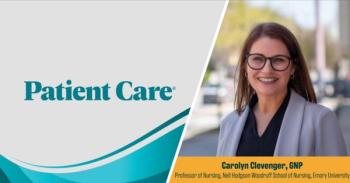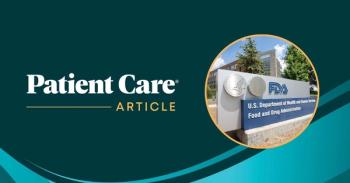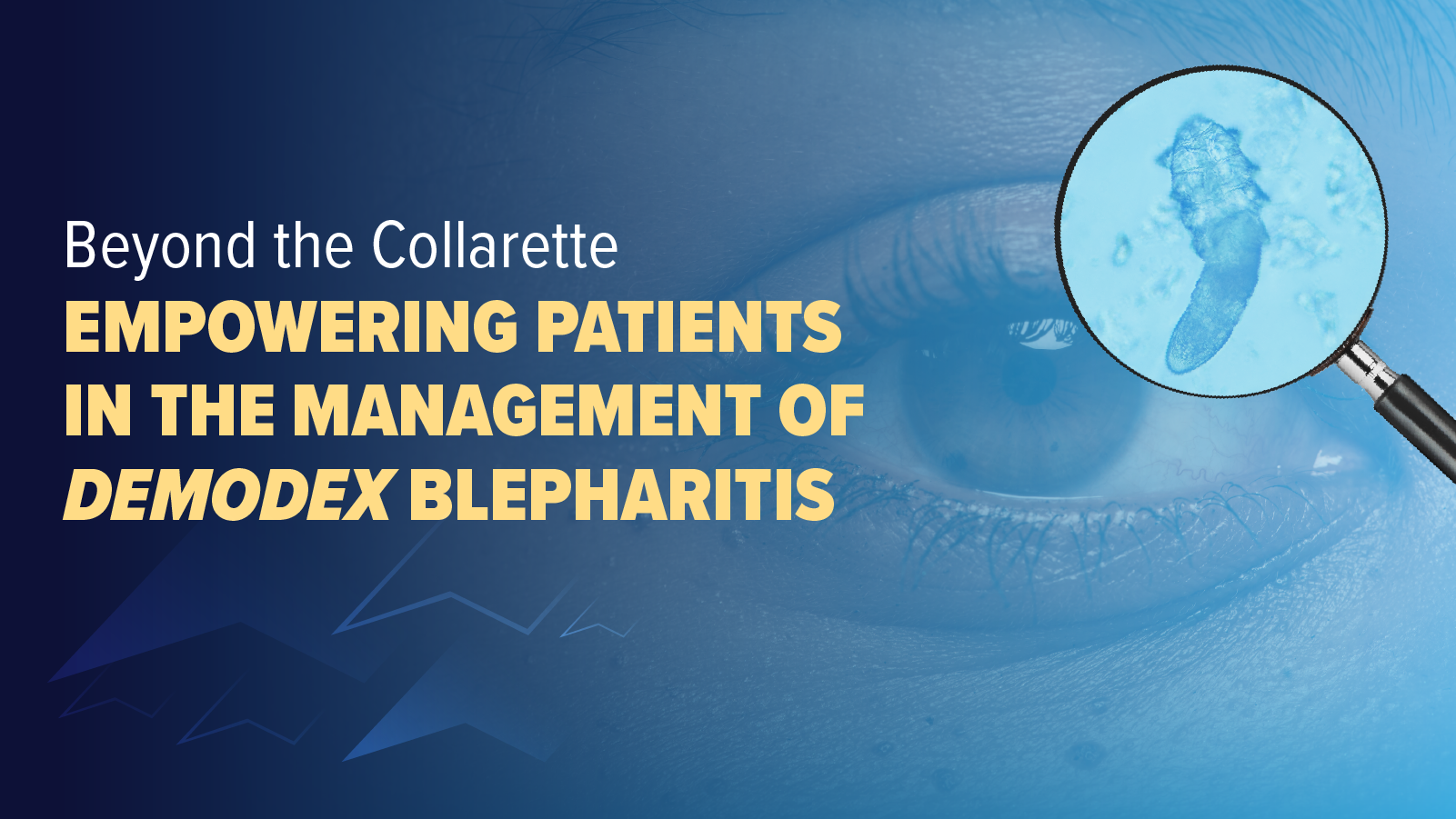FDA Narrows COVID-19 Vaccine Access to High-Risk Groups, Demands New Trials for Healthy Adults
The FDA's new approach to evaluating and approving COVID-19 vaccines will move the US away from a one-size-fits-all approach and closer to policy in other countries.
In a major recalibration of its COVID-19 vaccine strategy, the FDA has announced it will now approve updated vaccines primarily for individuals at highest risk ie, people aged 65 years and older and individuals aged 6 months and older with risk factors for severe illness. The current vaccine approval process will remain in place for the 2 most vulnerable populations. However, vaccine manufacturers will now be required to mount new clinical trials to demonstrate benefit before the agency will authorize boosters for healthy individuals in the general population under age 65, according to a commentary by FDA officials published Tuesday in the New England Journal of Medicine (NEJM).1
This shift moves the US closer to the more conservative risk-based strategies used in other high-income countries and breaks from the “one-size-fits-all regulatory framework” that has characterized previous FDA guidance.
"We have launched down this multiyear campaign of booster after booster after booster and distrust of the American public. And we do not have gold-standard science to support this for average-risk, low-risk Americans," Vinay Prasad, MD, MPH, the new director of the FDA's Center for Biologics Evaluation and Research, said during a briefing to explain the new policy.(NPR)2
A Turn Toward Risk-Based Vaccination
The FDA will continue to use immunogenicity data—evidence that a vaccine can generate antibody responses—as the basis for approval in high-risk groups. However, the agency now requires randomized, controlled trials (RCTs) evaluating actual clinical outcomes (such as symptomatic illness, hospitalization, and death) before granting biologics licenses for healthy individuals between 6 months and 64 years of age.1
For those populations, “these studies alone can provide reassurance that the American repeat-boosters-in-perpetuity strategy is evidence-based,” Prasad and new FDA Commissioner Marty Makary, MD, MPH, wrote in the NEJM commentary.1
They acknowledged the scientific and public health success of the initial vaccine rollout but noted that “the benefit of repeat dosing — particularly among low-risk persons who may have previously received multiple doses of COVID-19 vaccines, had multiple COVID-19 infections, or both — is uncertain.”1
Who Still Qualifies Now—and Why
Under the revised policy, all adults aged 65 and over, as well as younger individuals with conditions defined by the CDC as increasing the risk for severe COVID-19, will remain eligible for annual vaccination. These conditions include diabetes, chronic kidney disease, obesity, cancer, cardiovascular disease, and certain mental health and neurologic disorders. (CDC)3
“Estimates suggest that 100 million to 200 million Americans will have access to vaccines in this manner,” Makary and Prasad wrote, citing CDC criteria and national data.1
They defended the use of antibody titers for these groups, explaining that “our acceptance of immunologic end points ensures that we can provide timely approval to a broad population.”1
Why the Change?
Uptake of COVID-19 boosters in recent seasons has been strikingly low. According to CDC data, fewer than 25% of Americans received a booster during either of the past 2 seasons. Among children under 12, uptake fell below 10% in the 2024–2025 season.4 Even among adults over 75—considered the most vulnerable—only about half received the latest vaccine.4
Health care workers have shown similar hesitation, with less than one-third receiving the fall 2023 booster.5
Makary and Parsad suggest further that overly broad recommendations combined with vaccine fatigue and questions about benefit already drive waning US public trust in vaccination overall. Their concern is focused on a ripple effect. “This reluctance is affecting even vital immunization programs such as that for measles–mumps–rubella (MMR), which has been clearly established as safe and highly effective.”1
Implications for Healthy Adults, Vaccine Manufacturers
Under the new FDA policy, the commentary authors write, vaccine developers who seek to expand access to healthy individuals younger than age 65 years will need to produce evidence from placebo-controlled RCTs. The trials must use symptomatic COVID-19 as the primary endpoint, with secondary outcomes including hospitalization and mortality. The FDA recommends 6 months of follow-up to ensure that early gains from the booster shot persist and ideally a lower-bound confidence interval above 30% to confirm efficacy.
A saline placebo is recommended for control group participants rather than active comparator vaccines "to permit documentation of the full adverse-event profile," according to Makary and Parsad.1
Paul Offit, MD, a member of the FDA’s Vaccines and Related Biological Products Advisory Committee (VRBPAC) and internationally recognized expert in virology and immunology, told Time that this approach brings “ethical challenges” given that “Anybody can catch this virus and be hospitalized and killed; there is no group that has no risk." 6
It is unclear whether the new requirement would slow future vaccine rollouts for the healthy public but Offit cautions that the burden on pharmaceutical companies to conduct additional research could shift cost to consumers, particularly those not included in a labeled indication but who still want the protection.6 Manufacturers like Moderna and Pfizer have indicated they will cooperate with the FDA but have yet to outline new trial plans.
Previously, the United States stood alone in recommending annual COVID-19 vaccination for everyone over 6 months of age, regardless of health status. In contrast, countries like the UK, Germany, and Canada restrict recommendations to older adults and those at risk.1
Looking Ahead
While some experts have raised concerns about restricting access too sharply, others have praised the FDA’s reorientation toward clinical outcomes and high-risk prioritization.
“This policy will compel much-needed evidence generation,” Makary and Prasad concluded. “We simply don’t know whether a healthy 52-year-old woman with a normal BMI who has had COVID-19 3 times and has received 6 previous doses of a COVID-19 vaccine will benefit from the seventh dose.”
This dual-track approach—expediting vaccines for those most in need while requiring rigorous science for everyone else—marks a new chapter in the nation’s pandemic response. Whether it rebuilds public trust and boosts vaccination uptake remains to be seen.
Editors note:
References
1. Prasad V, Makary M. An evidence based approach to Covid-19 vaccination. N Engl J Med. Published online May 20, 2025. doi:10.1056/NEJMsb2506929
2. Stein R. A stricter FDA policy for COVID vaccines could limit future access. Shots. NPR. May 20, 2025. https://www.npr.org/sections/shots-health-news/2025/05/20/nx-s1-5405013/fda-covid-vaccine-limits
3. People with certain medical conditions and COVID-19 risk factors. Centers for Disease Control and Prevention. Updated January 6, 2025. Accessed May 21, 2025. Available at: https://www.cdc.gov/covid/risk-factors/index.html
4. COVID-19 vaccination rates among older adults are up from last season. Centers for Disease Control and Prevention. Updated December 26, 2024. Accessed May 21, 2025. Available at: https://www.cdc.gov/ncird/whats-new/covid-19-vaccination-rates-among-older-adults-are-up-from-last-season.html
5. Influenza and Covid-19 vaccine coverage among health care personnel — United States, 2023–2024 influenza season. Centers for Disease Control and Prevention. Updated October 24, 2024. Accessed May 21, 2025. Available at: https://www.cdc.gov/fluvaxview/coverage-by-season/health -care-personnel-coverage-2023-24.html
6. Park A. FDA plans to limit COVID-19 vaccines to high-risk groups. Time. May 20, 2025. https://time.com/7287018/covid-19-vaccines-new-fda-recommendations/
Newsletter
Enhance your clinical practice with the Patient Care newsletter, offering the latest evidence-based guidelines, diagnostic insights, and treatment strategies for primary care physicians.



















































































































































































































































































